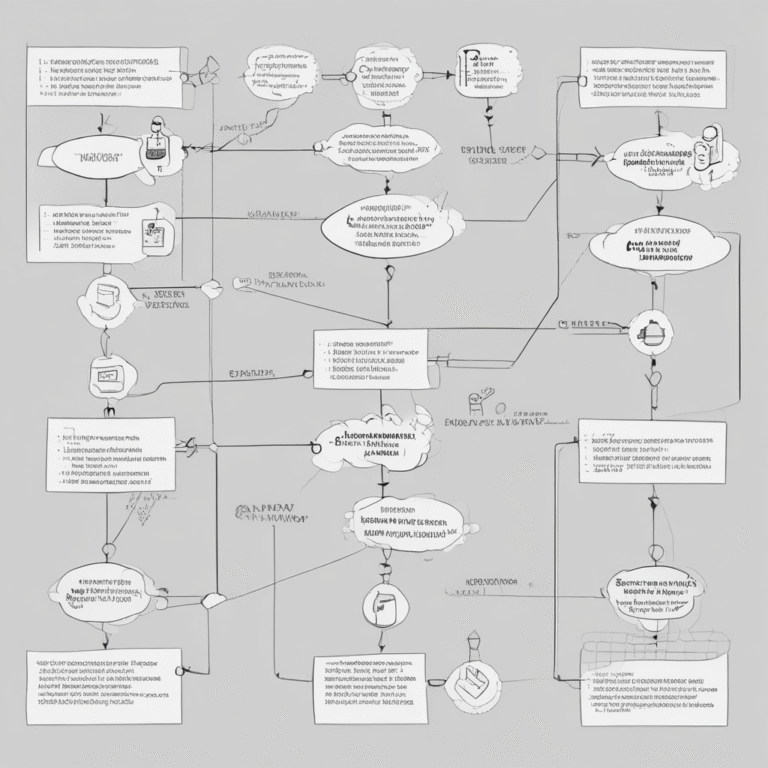The EU Data Act Has Arrived: A Comprehensive Overview
The EU AI Act has officially come into effect, marking a significant milestone in the regulatory landscape for artificial intelligence within the European Union. As of August 2, 2025, various penalties, including administrative fines, are now enforceable, compelling stakeholders to prepare for compliance. This document outlines the critical phases of implementation, the categorization of high-risk AI systems, and the proactive measures organizations must take to align with the new regulations.
Implementation Timeline
The EU AI Act’s full implementation is a phased process, with the next major compliance deadline set for August 2, 2026. This date will require adherence for high-risk systems, which include many AI applications utilized in the medical field. Stakeholders are encouraged to act swiftly to shape compliance measures that will influence the future landscape of AI governance in Europe.
Current Regulations in Effect
As of August 2025, the Act applies retroactively to all general-purpose AI models in operation within the EU. Key requirements that are now in force include:
- Chapter III Section 4: Establishment of notifying authorities and notification procedures.
- Chapter V: Comprehensive requirements for general-purpose AI models and systems.
- Chapter VII: Governance at national and Union levels.
- Chapter XII: Enforcement of penalties.
General-purpose AI models operational before August 2, 2025 must complete the necessary documentation and reporting steps by August 2, 2027. The penalties for non-compliance may reach up to 3% of global revenues or €15 million, whichever is higher.
Understanding High-Risk AI Systems
A system is classified as high-risk if its intended use poses a significant risk to health, safety, or fundamental rights. The Act’s provisions extend to all providers and deployers of AI systems whose outputs are utilized within the EU, particularly affecting medical devices and in vitro diagnostic (IVD) products.
High-risk systems must comply with the regulations by August 2, 2027. Medical devices and software used in healthcare triage are explicitly categorized as high-risk systems, ensuring they meet the necessary compliance standards established under the EU MDR and IVDR.
Regulatory Sandboxes: A New Framework for Innovation
Introducing the concept of a regulatory sandbox marks a notable advancement in the EU’s approach to AI regulation. This structured environment enables innovative technologies to be tested under regulatory supervision, facilitating a pathway for compliance while fostering innovation. By August 2, 2026, each Member State is expected to establish at least one operational AI regulatory sandbox.
Scope and Jurisdiction
The EU AI Act applies broadly to companies that bring AI systems to market or deploy them in the EU. Specific exceptions exist for systems used solely for research or in pre-commercial development phases, which are exempt until marketed or deployed.
Expert Oversight and Future Steps
To ensure rigorous oversight, the EU has established a scientific panel of independent experts as of August 2, 2025. This panel will assist in evaluating technical risks and classifications of AI systems, issuing alerts for new risks as necessary.
As the EU continues to refine its regulatory framework, organizations involved in AI development and deployment must take proactive measures. This includes assessing compliance risks, updating documentation, and engaging with regulatory bodies to navigate the evolving landscape.
In conclusion, the arrival of the EU AI Act heralds a new era of responsibility and governance in AI technology. Stakeholders who act decisively and strategically will not only meet compliance requirements but also position themselves as leaders in the responsible deployment of AI within the EU.









